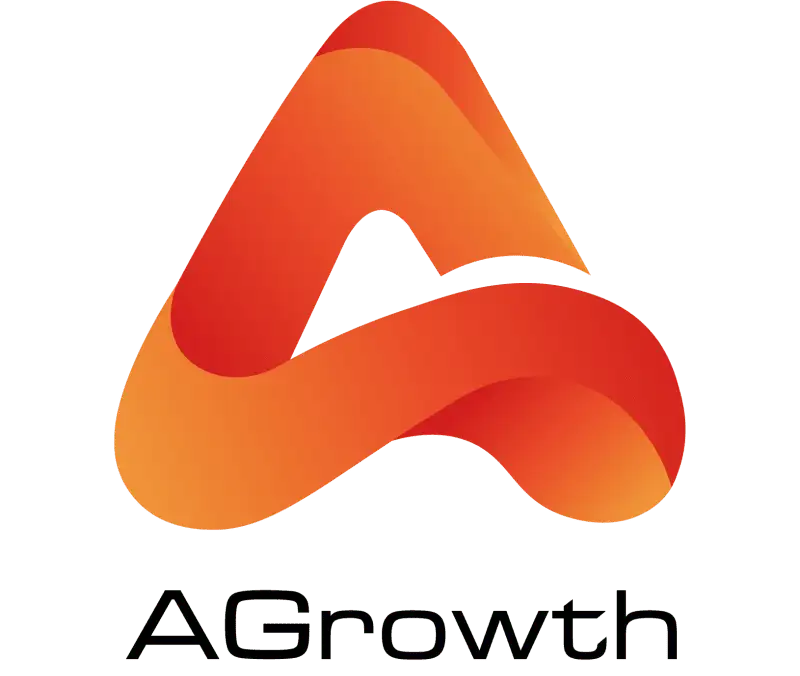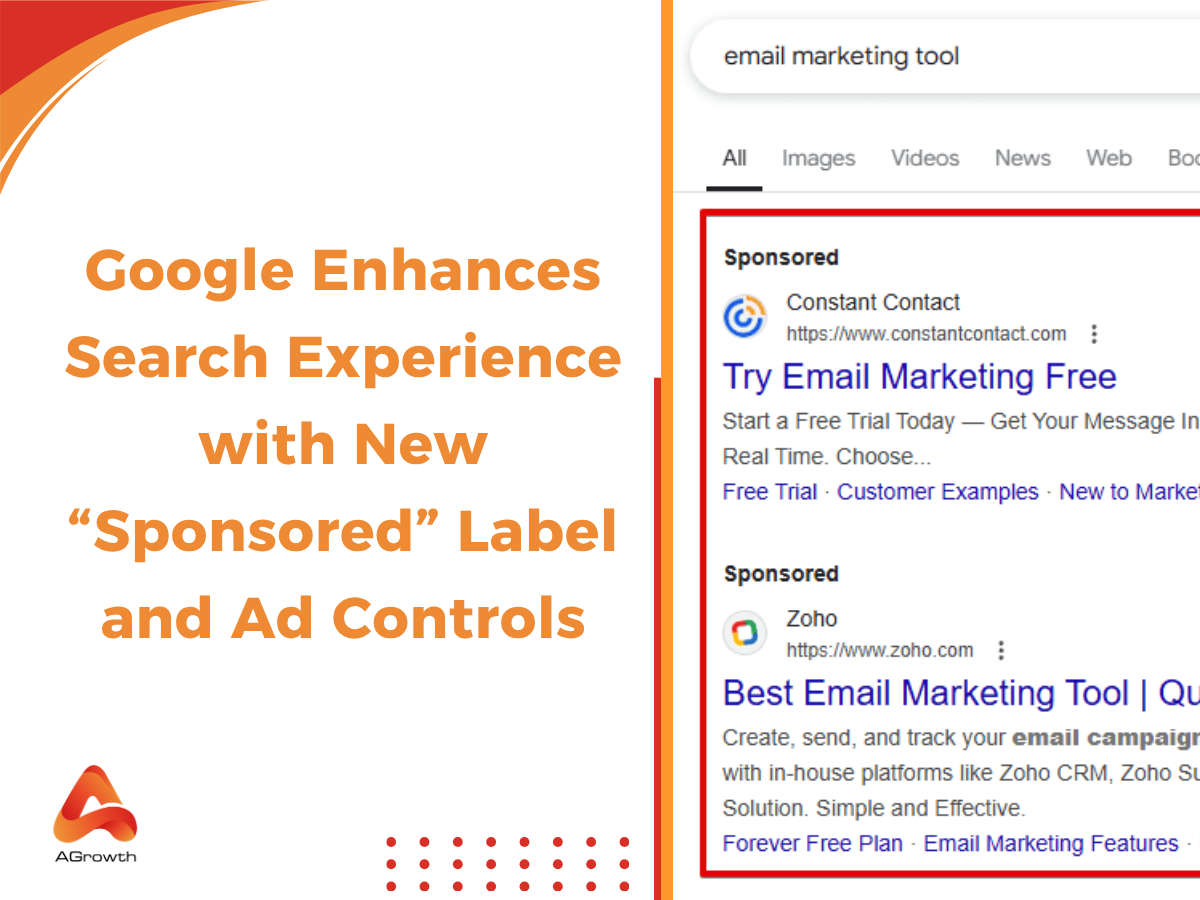
Table of Contents
Google Ads ROI: How to Calculate & Maximize Your Money
Are your Google Ads campaigns profitable? In a world of vanity metrics, Return on Investment (ROI) is the one figure that reveals the true financial health of your advertising. It answers the only question that ultimately matters: for every dollar spent, how much profit are you generating?
This guide is for advertisers ready to move beyond surface-level metrics. We'll dive deep into calculating your true ROI, distinguishing it from the often-misleading ROAS, and implementing advanced strategies to maximize the profitability of every campaign. It's time to stop chasing clicks and start driving bottom-line growth.
What is Google Ads ROI?
Return on Investment (ROI) is a performance metric used to evaluate the efficiency of an investment. In the context of Google Ads, it measures the net profit generated from your campaigns relative to the total costs incurred. In simple terms, for every dollar you spend on your ads (and the associated costs of doing business), how many dollars in profit do you get back?
This is fundamentally different from another commonly used metric, Return on Ad Spend (ROAS). While often used interchangeably, they measure two distinct things. ROAS measures gross revenue generated for every dollar spent on advertising, ignoring profit margins and other business costs.
ROI, on the other hand, is concerned with the actual profit left over after all costs are accounted for. This includes not only your ad spend but also the cost of goods sold (COGS), operational overhead, and any other expenses associated with producing and delivering your product or service.
For a deeper dive into the nuances of ROAS and how it complements ROI, explore our detailed guide on Google Ads ROAS.

How to Calculate ROI in Google Ads
Calculating ROI requires a clear understanding of both your revenues and your total costs. The formula itself is straightforward, but gathering the correct inputs is key to an accurate measurement.
The fundamental formula for ROI is:
ROI = (Net Profit) / (Total Investment) * 100%
For Google Ads, we can break this down further:
ROI = (Revenue from Ads - Total Costs) / Total Costs * 100%
Where:
-
Revenue from Ads: The total revenue generated directly from conversions attributed to your Google Ads campaigns.
-
Total Costs: This is the critical component. It includes your Google Ads spend plus your Cost of Goods Sold (COGS) or the cost of delivering your service. This can also include other overheads like shipping, software, and labor associated with the sale.
Example Calculation
-
You spend $2,000 on Google Ads.
-
Conversions generate $8,000 in revenue.
-
Cost of goods sold = $4,000.
ROI = (8,000 – (2,000 + 4,000)) ÷ (2,000 + 4,000) = 33%
This means for every $1 invested, you earn $0.33 in profit.
Why ROI Matters for Google Ads Campaigns
Focusing on ROI transforms your entire approach to Google Ads management. It elevates your strategy from chasing surface-level metrics to making data-driven decisions that directly impact business growth and profitability.
Many advertisers fall into the trap of optimizing for metrics like Click-Through Rate (CTR), Cost-Per-Click (CPC), or even Cost-Per-Acquisition (CPA). While these are important diagnostic metrics, they are not ultimate indicators of success.
-
A high CTR simply means your ad copy is compelling, but it doesn't guarantee those clicks are from users with purchase intent.
-
A low CPC is great for efficiency, but if the cheap clicks don't convert, you're still wasting money.
-
A low CPA seems ideal, but what if the product being sold has a very low profit margin? You could be acquiring customers at a "low cost" while still losing money on every sale.
ROI cuts through this ambiguity. It forces you to connect your advertising efforts to real business outcomes. By optimizing for ROI, you ensure that your budget is allocated to the campaigns, ad groups, and keywords that are not just driving conversions, but driving profitable conversions. This allows for sustainable scaling, confident budget increases, and a clear understanding of Google Ads' contribution to the company's financial health.
Benchmarks and Average ROI in Google Ads
While ROI can vary dramatically based on industry, business model, and profit margins, there are some generally accepted benchmarks. While a universal ROI benchmark is elusive due to varying profit margins, understanding industry-specific performance metrics can provide valuable context.
For a detailed breakdown of performance across different sectors, see our complete guide on Google Ads benchmarks.
Google itself has stated that businesses, on average, see a significant return. According to Google's official economic impact data, businesses generally make an average of $2 in revenue for every $1 they spend on Google Ads. This translates to a 200% ROAS.
However, this is a revenue figure (ROAS), not a profit figure (ROI). To translate this into an ROI, you must factor in your profit margins. For example:
-
If a business has a 50% profit margin, a 200% ROAS means that for every $1 in ad spend, they get $2 in revenue, which contains $1 of profit. The ROI would be ($1 Profit - $1 Ad Spend) / $1 Ad Spend = 0%. They are breaking even.
-
If a business has a 75% profit margin, a 200% ROAS means that for every $1 in ad spend, they generate $2 in revenue, which yields $1.50 in profit. The ROI would be ($1.50 Profit - $1 Ad Spend) / $1 Ad Spend = 50%. This is a profitable scenario.
Curious about what you should be spending? Learn more about how to set a budget in our guide to Google Ads cost.
How to Improve ROI in Google Ads
Maximizing your ROI is an ongoing process of refinement and optimization. It involves a holistic approach that encompasses every aspect of your campaigns, from who you target to the experience they have after clicking. Here are the most impactful areas to focus on.
Optimize Your Targeting
The foundation of a high-ROI campaign is reaching the right audience. If you're showing ads to people who are not interested in your product, you're wasting money before they even have a chance to click.
-
Keyword Refinement: Continuously analyze your Search Terms Report to identify and add irrelevant queries as negative keywords. This is one of the quickest ways to cut wasted spending. Focus your budget on high-intent keywords (e.g., "buy running shoes for marathon" vs. "running shoes").
-
Audience Layering: Use In-Market, Affinity, and Remarketing audiences to narrow your reach to users who have demonstrated relevant interests or prior engagement with your brand.
-
Demographic and Geographic Targeting: Refine who sees your ads based on age, gender, location, and income level if your data shows that certain segments perform better than others.
Choose the Right Bidding Strategy
Google's automated bidding strategies can be powerful tools for maximizing ROI, but you must choose the one that aligns with your goals.
-
Target ROAS (tROAS): If you can accurately pass conversion value back to Google Ads, this is often the best strategy for e-commerce. You tell Google the target return you want from your ad spend, and it will automatically adjust bids to hit that goal.
-
Target CPA (tCPA): Useful for lead generation where each lead has a similar value. It helps control the cost per conversion, which is a key component of the ROI calculation.
-
Maximize Conversion Value: This strategy focuses on getting the most revenue possible within your budget, which is a direct driver of ROI.
As Google states in their support documentation, "Value-based bidding strategies like Target ROAS and Maximize conversion value can help you get more value from your campaigns." Using these requires robust conversion tracking with accurate values assigned.
Optimize Your Landing Page
Your ROI doesn't just depend on your ads; it heavily relies on what happens after the click. A seamless, persuasive landing page experience is critical for converting traffic into customers.
-
Relevance: Ensure your landing page message and offer directly match the promise made in your ad copy.
-
User Experience (UX): The page must be easy to navigate, with a clear and compelling Call-to-Action (CTA).
-
Mobile-First Design: With the majority of traffic coming from mobile devices, your page must be fully responsive and load quickly on a mobile connection. A slow page will kill your conversion rate and, consequently, your ROI.
-
A/B Testing: Continuously test elements like headlines, CTA buttons, images, and forms to improve your conversion rate. A small lift in conversion rate can have a massive impact on your overall ROI.

Tools and Metrics to Track Google Ads ROI
Effectively tracking ROI requires integrating data from multiple sources to get a complete view of the customer journey and the true financial outcome of your campaigns.
Google Analytics 4 (GA4)
GA4 is an essential tool for understanding user behavior beyond the initial click. It helps you see how users from Google Ads engage with your site, which pages they visit, and how they move through the conversion funnel.
By linking GA4 with Google Ads, you can import valuable audience data and gain deeper insights into which campaigns are driving the most engaged, high-value users, providing a more nuanced view for ROI analysis.
Google Ads Conversion Tracking
This is your primary tool for measuring direct actions taken after an ad interaction. As discussed, it's critical to set this up to track not just the volume of conversions but, more importantly, their value.
This data directly fuels Google's automated bidding algorithms and is the starting point for any ROI calculation within the platform itself.
CRM Integration
For businesses with a longer sales cycle (especially B2B or high-ticket B2C), the initial "conversion" in Google Ads (e.g., a lead form submission) is not the final sale. The true revenue is only realized after the sales team closes the deal. Integrating your Customer Relationship Management (CRM) system (like Salesforce, HubSpot, etc.) with Google Ads is crucial.
By using tools like Offline Conversion Tracking, you can pass data about which leads ultimately became paying customers—and how much they paid—back into Google Ads. This closes the loop and allows for ROI optimization based on actual revenue, not just lead volume.
Common Mistakes That Hurt Google Ads ROI
Many well-intentioned advertisers see their ROI suffer due to common, avoidable mistakes. Being aware of these pitfalls is the first step toward preventing them.
Incomplete or Inaccurate Tracking
This is the most common and damaging mistake. If you're only tracking "contact us" form fills but most of your valuable leads come from phone calls, your data is skewed. You might pause a high-performing campaign simply because you aren't seeing its true impact. A thorough audit of all potential conversion points is essential.
Focusing on Vanity Metrics Over Profit
Chasing a #1 ad position, a high CTR, or a massive number of clicks can feel productive, but it often leads to poor ROI. These metrics are means to an end, not the end itself. The goal is profit. It's often more profitable to have a lower ad position with a slightly lower CTR if it means attracting a more qualified click at a lower cost that is more likely to convert.
Ignoring Customer Lifetime Value (CLV)
Some campaigns may not have a positive ROI on the first purchase, and that's okay—if the customer you acquire is likely to make repeat purchases. By factoring in the CLV, you can justify a higher initial acquisition cost. A campaign that looks unprofitable through a short-term lens might be your most valuable long-term growth driver. This is an advanced strategy, but it's critical for subscription businesses and brands with high customer loyalty.
Overlooking Hidden Costs
Advertisers often calculate ROI using only ad spend and revenue, ignoring expenses like product costs, shipping, packaging, refunds, transaction fees, or even staff time. These costs reduce the actual margin but are invisible in surface-level ROAS reports.
You might think a campaign is generating strong returns because revenue looks high compared to ad spend. But once refunds, logistics, and labor costs are factored in, ROI could fall into negative territory.
Should You Hire a Google Ads Agency to Maximize ROI?
Sometimes, optimizing ROI requires more than tweaking settings. Hiring a specialized Google Ads agency can provide:
-
Expertise in campaign structure and bidding strategies.
-
Industry-specific benchmarks to guide decisions.
-
Advanced tracking setups for accurate ROI reporting.
If your campaigns are complex or you’re managing multiple accounts, a professional agency can help you scale profitably.
At AGrowth, we provide Google Ads agency accounts with higher trust scores and better stability — giving you the infrastructure to maximize ROI without risking account suspensions.
Explore our service: Renting Google Ads Agency Accounts!
Related post:
- Google Ads Fraud
- Google Ads Budget Optimization









Your comment